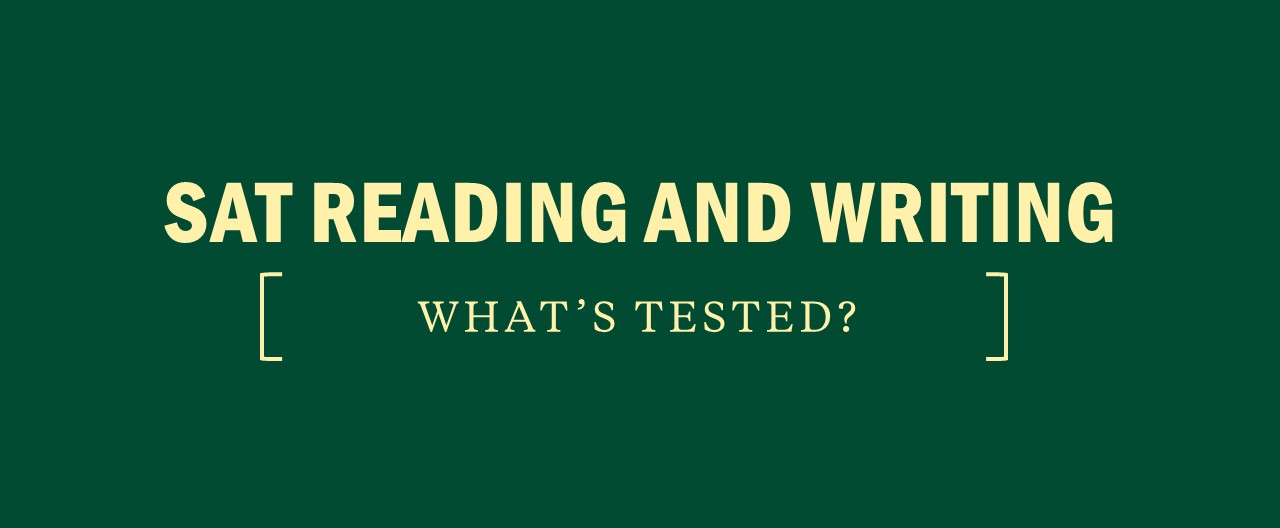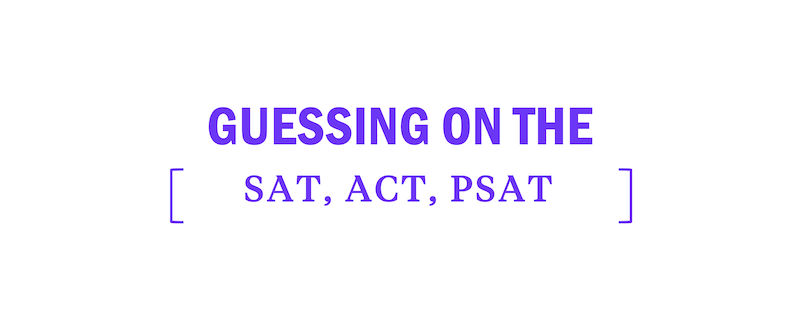SAT Reading Strategy: Passage or Questions First?
The SAT Reading section is a tough section for many. Reading strategies are necessary to ensure success on the section. One of the most common strategy questions is whether you should read the passage or question first.
You can admit it. There was a time in your life when you found reading to be enjoyable . . . or at the very least, there was a time in your life when reading wasn’t a chore. Maybe it was when you finished your very first book as a child. Or perhaps when you sped through fun chapter books. It could have been when you discovered the magic of fantasy novels. So, when did reading get to be so boring and tedious? For many students, reading becomes a chore as soon as they are expected to answer questions about what they read, which brings us to what strategy is best to tackle the SAT Reading passages and questions.
The SAT Reading test is 65 minutes and has 52 multiple-choice questions, each of which has four answer choices. There are five passages total: four single passages and one set of paired passages, with 500–750 words per passage or passage set.
SAT Reading Passages will draw from U.S. and World Literature, History/Social Studies, and Science. One set of History/Social Studies or Science passages will be paired. History/Social Studies and Science passages can also be accompanied by graphical representations of data such as charts, graphs, or tables.
Two Main sat reading Approaches
There are several ways of approaching reading comprehension on the SAT, all of which can be grouped into two general strategies, with some advantages and disadvantages to each.
| Strategy | Advantages | Disadvantages |
|---|---|---|
| 1) Read the passage fully before looking at any of the corresponding questions. | – You won’t miss out on any important details. – You will have a better understanding of the main point of a passage. | – This may take longer for slower readers. – There is a danger of ‘zoning out’ or losing focus while reading. |
| 2) Skim through the questions and then read the passage, answering questions as you read. | – You save time by skipping info unrelated to the questions. – You won’t lose focus as much during long stretches of reading. – Relevant parts of the passage are fresh in your mind. | – Selective reading can cause you to miss the main point. – You may struggle with questions that don’t have line references or questions that ask about the passage’s main idea. |
Most high-scoring testers find success with the first strategy. There are always going to be questions about smaller parts of a passage, such as individual lines or paragraphs, and the second strategy works fine when answering those questions. However, focusing solely on the smaller parts necessary to answer those questions will cause you to lose sight of the main idea, which every SAT Reading passage will ask you about. These questions are much easier if you have a clear picture of the author’s tone and purpose, independent of any questions you’re forced to answer. That said, there is no such thing as a “right” or “wrong” strategy. You have to go with an approach that works best for you, so try out both of the above on your own under timed conditions, and pick the one you prefer!




